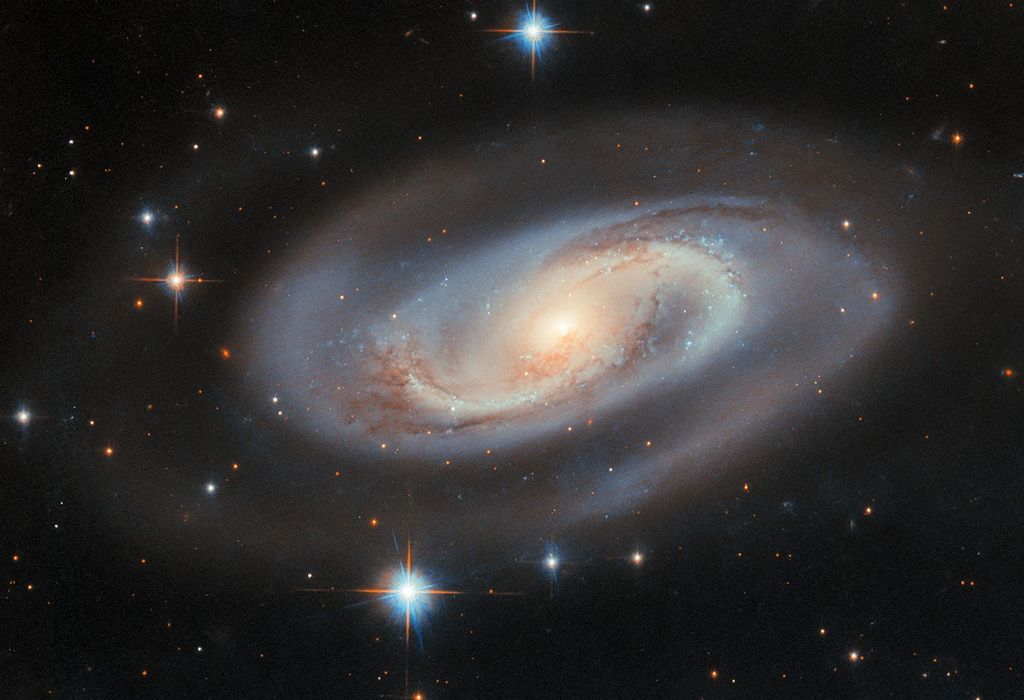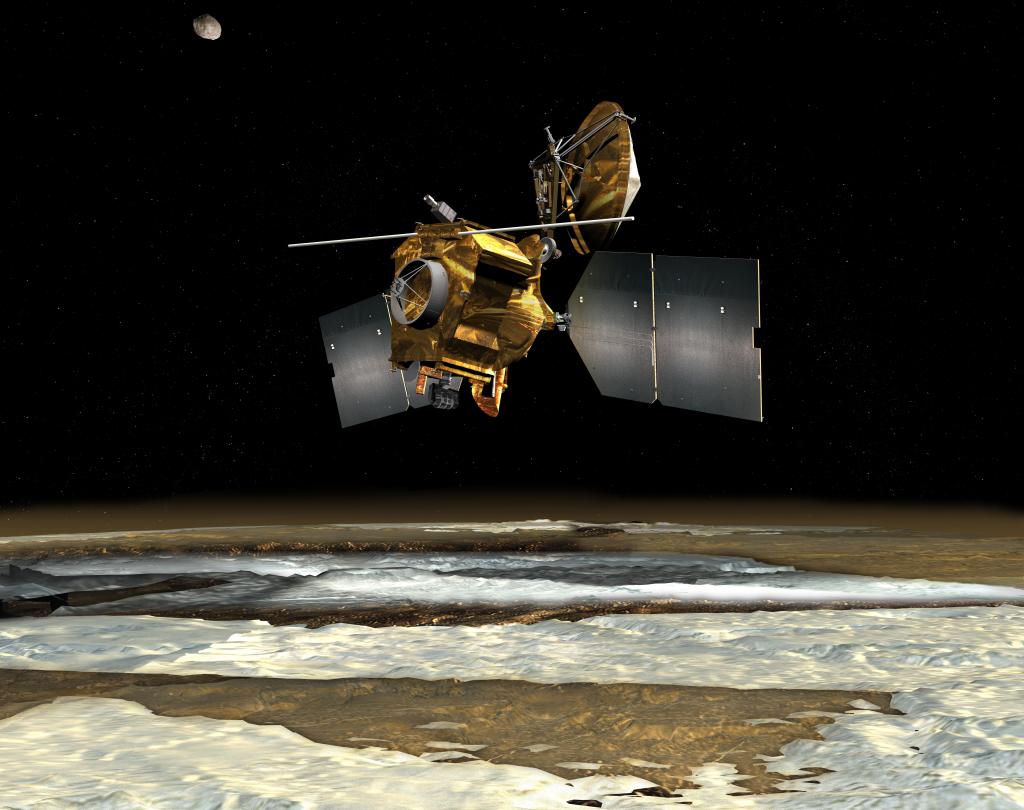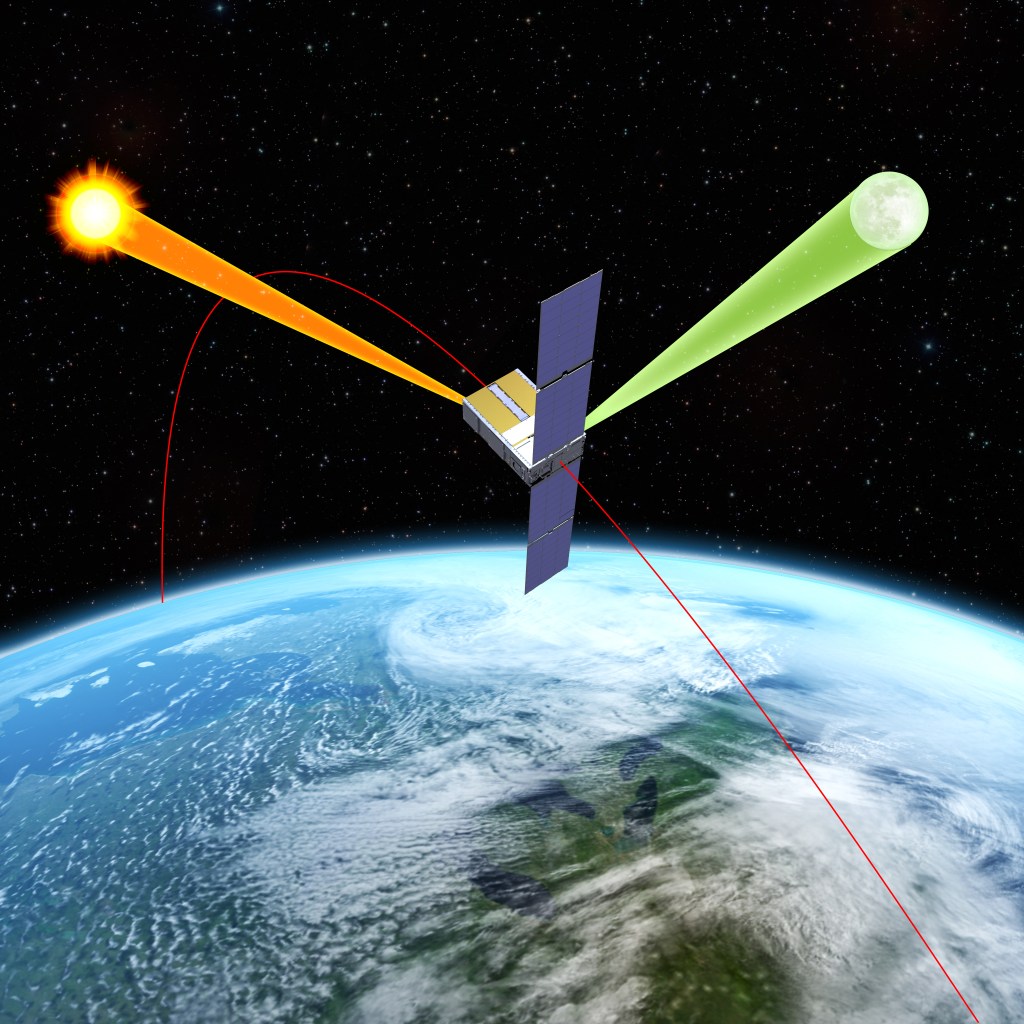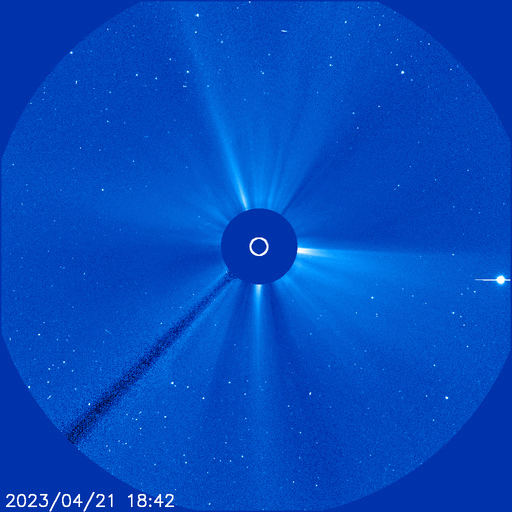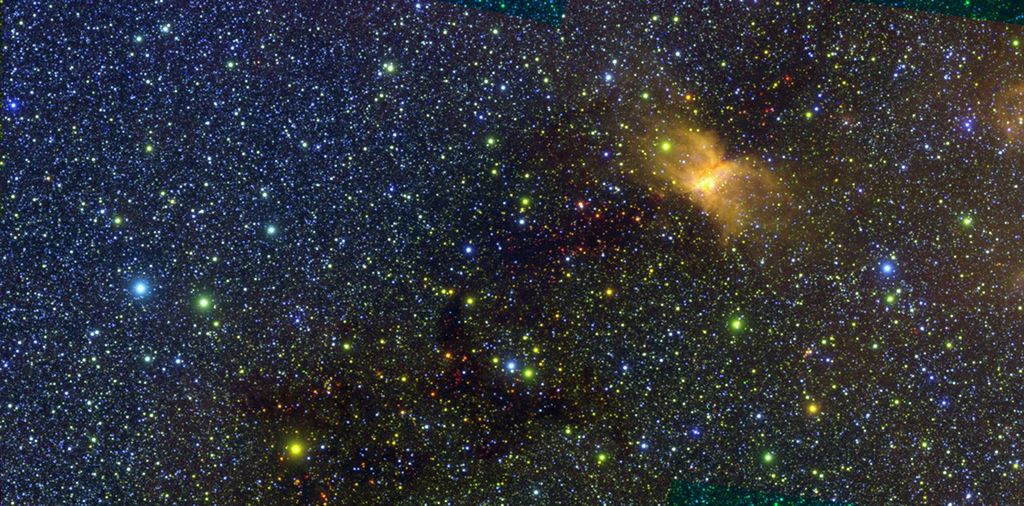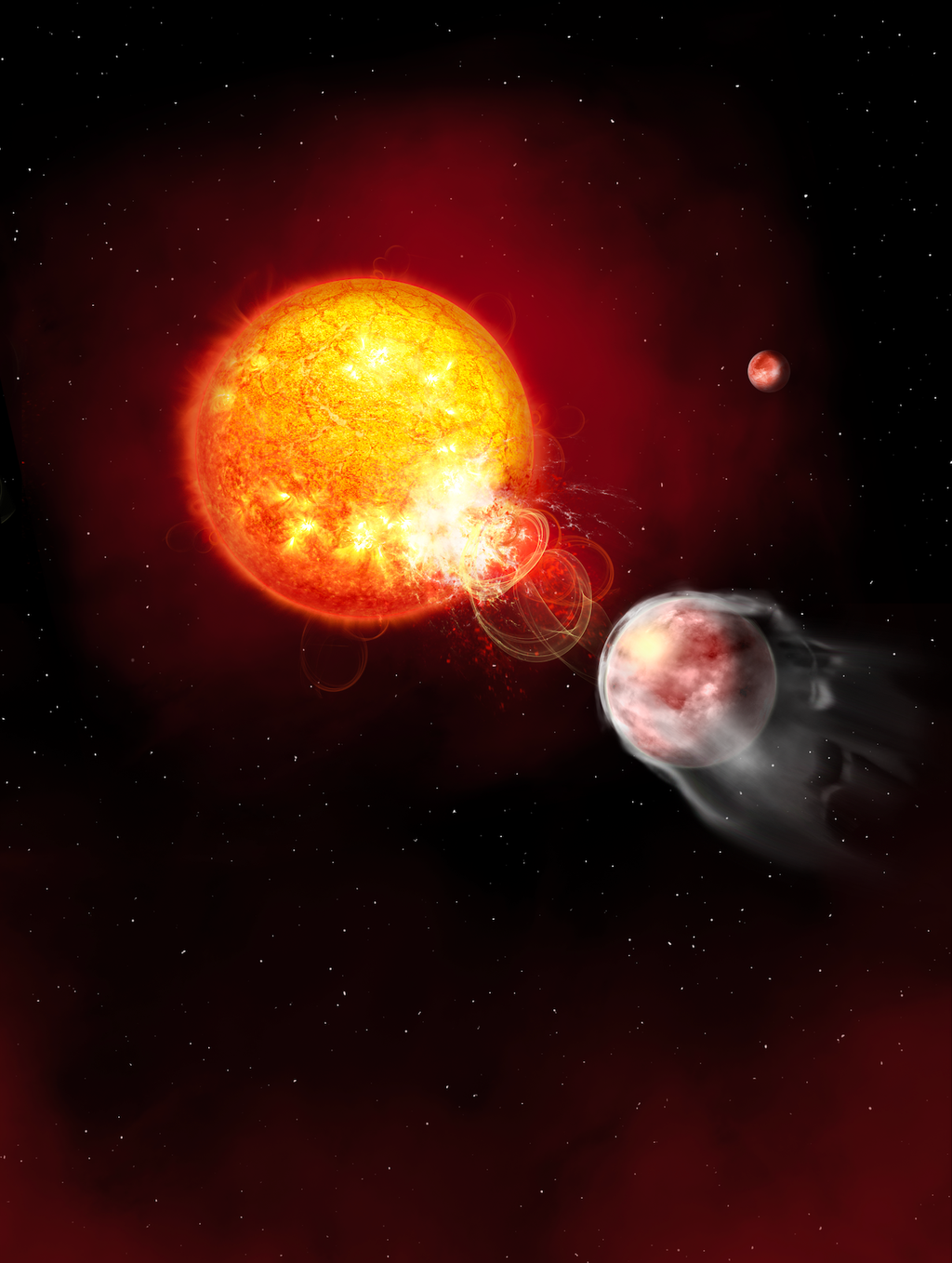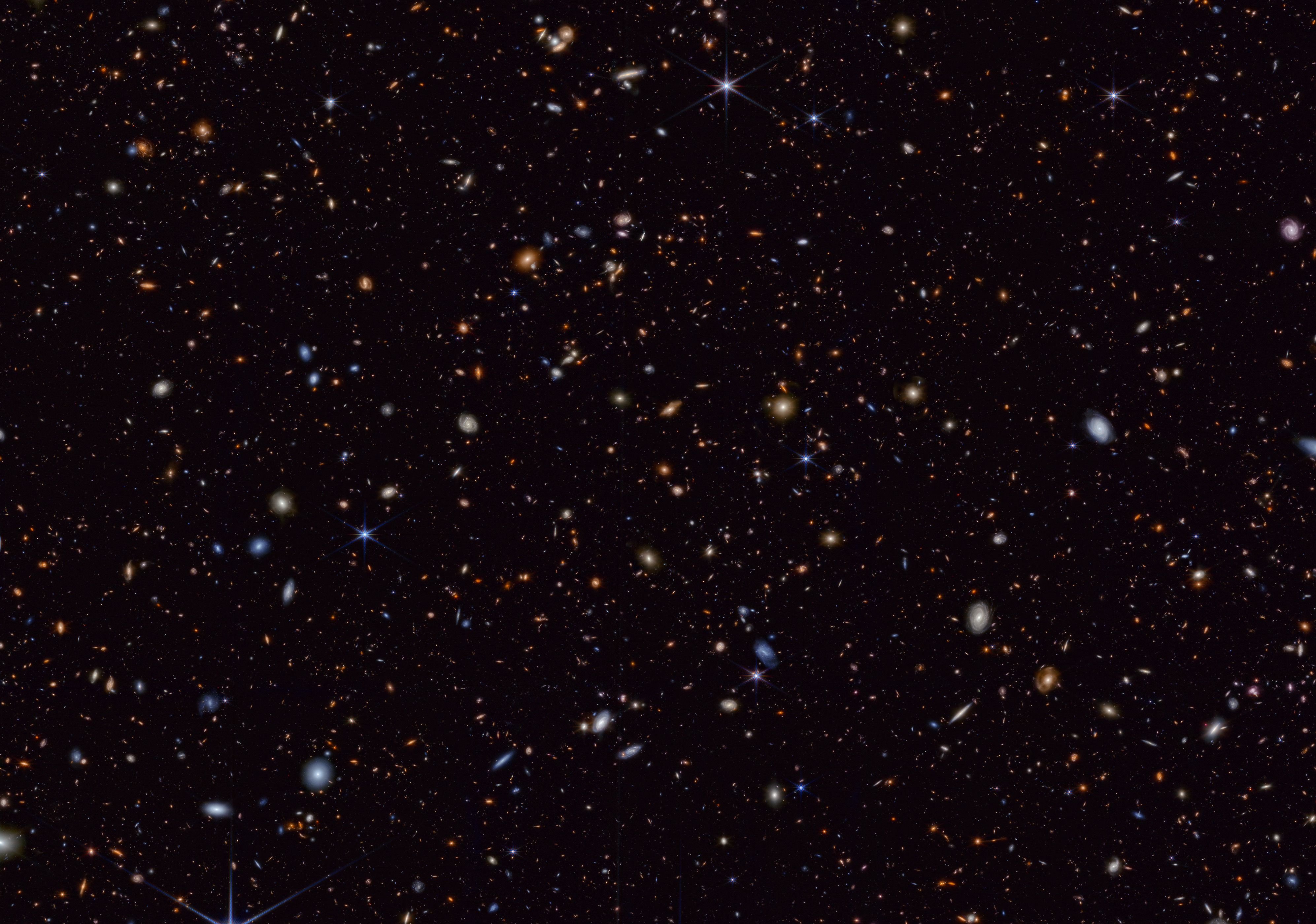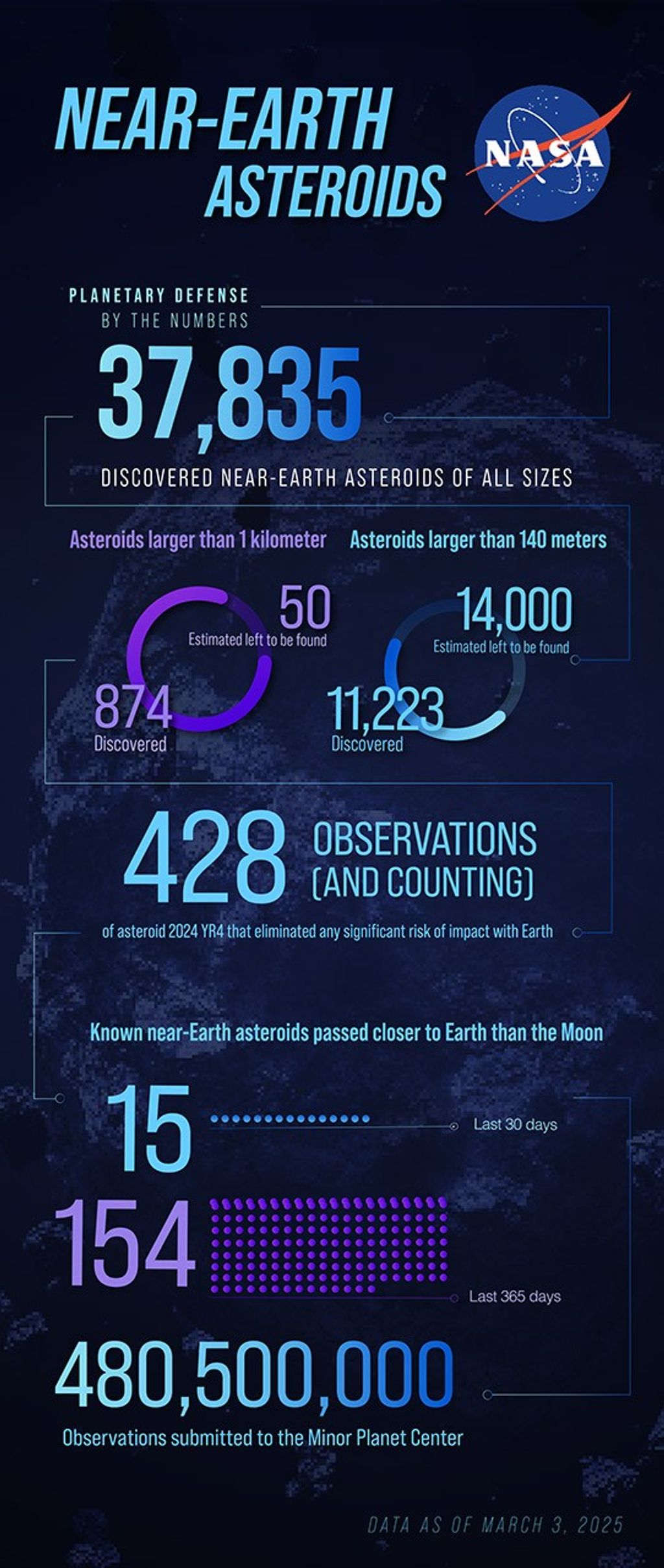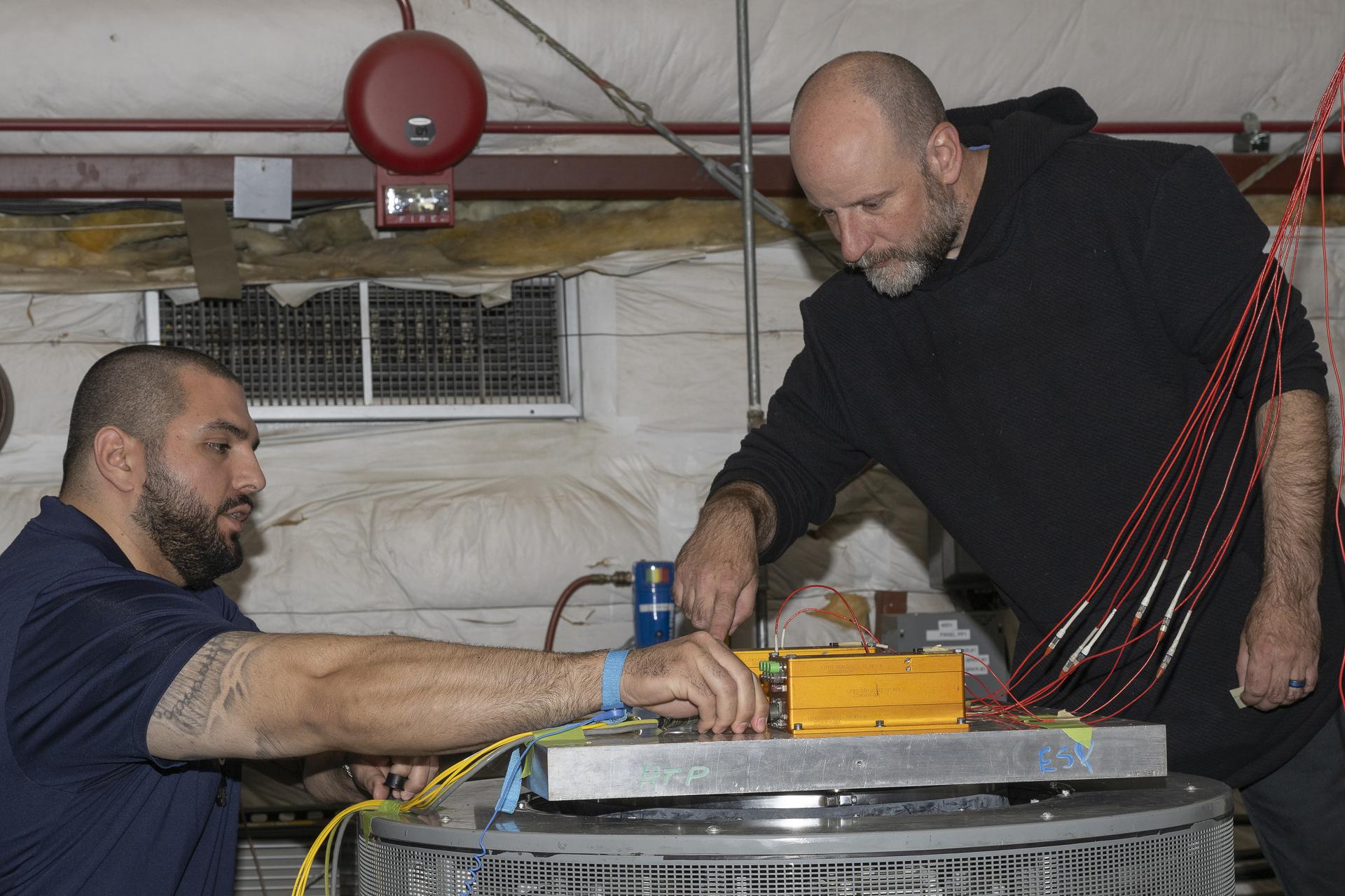Smart coatings, aerogel composites and hydrogen-sensing tape are just three of the 20 innovative technologies developed at Kennedy Space Center that received U.S. patents within the last four years. The 35 engineers, scientists and researchers who developed them were honored by the center’s Technology Transfer Office on June 9 during a Patent Recognition Ceremony at the Kennedy Learning Institute. The last recognition event was held in 2010.
Mike Lester, from the Technology Transfer Office, said it is time to recognize the researchers who have achieved patents in the last several years and acknowledge the tremendous innovations going on in research and technology at the center.

“The technologies you have developed represent years of hard work,” said Janet Petro, Kennedy’s deputy director. “NASA is moving forward and the new technologies being developed help the agency and stimulate the economy.”
Luz Calle, a NASA research materials engineer in the Engineering and Technology Directorate, and Wenyan “Wendy” Li, a research scientist with QinetiQ North America on the Engineering Services Contract, received their patent recognition for developing “Coatings and Methods for Corrosion Detection and/or Reduction,” or smart coatings.
Calle said receiving the patent for this technology was a long and difficult process.
“I jokingly say that the invention is the easy part,” Calle said. “For example, the patent for which Wendy and I received recognition was based on work that started in 2004. The patent application was filed in 2005 and the patent was awarded in 2010.”
The need to find a more environmentally friendly and efficient method to detect and control corrosion is what prompted Calle and Li to develop the smart coating technology. Currently, it has been the subject of several technology development partnerships and is advancing toward commercialization.
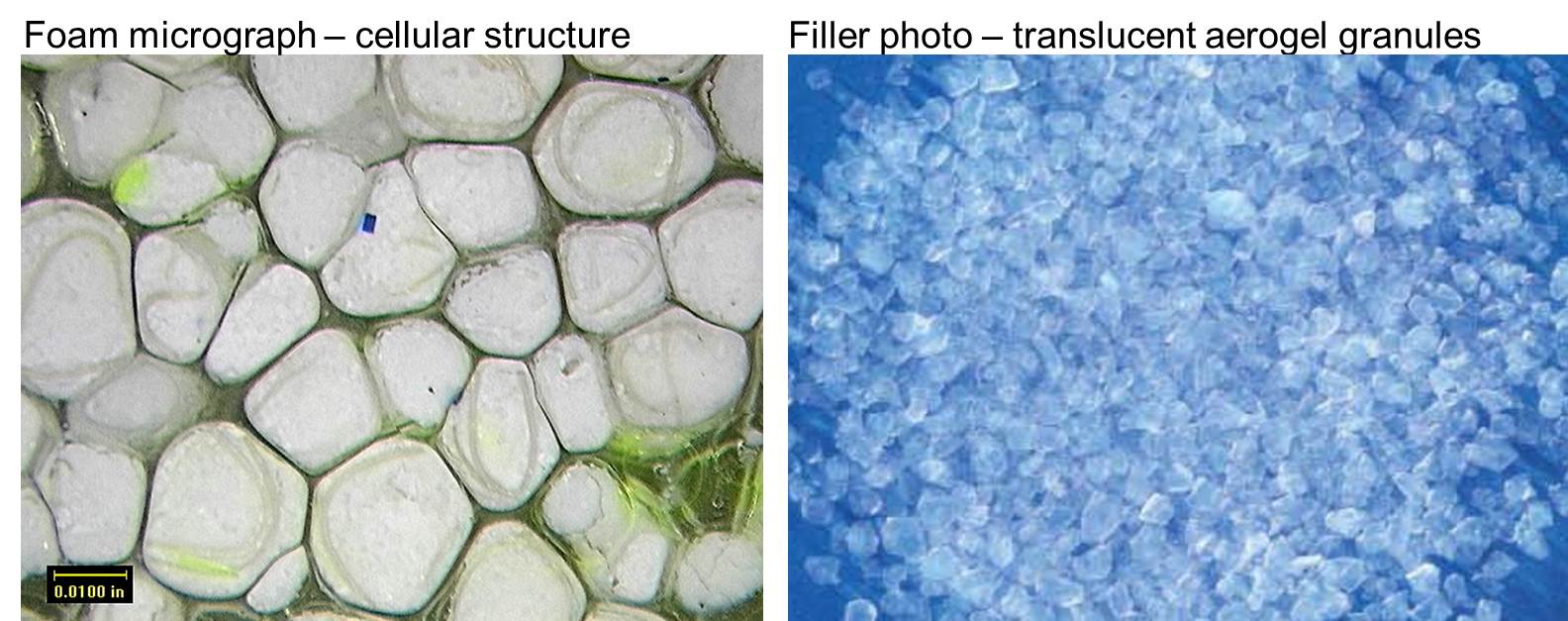
“Methods and Systems for Advanced Spaceport Information Management” was invented by Phillip Meade and Judith “Charlie” Blackwell-Thompson, both engineers in the Ground Processing Directorate, in conjunction with NASA and The Boeing Company. The patent is for methods and systems that reduce the time, cost and rework associated with the test and checkout of a payload over its lifecycle through the use of a distributed command and control architecture, according to Meade.
“This management system allows users to relocate test operations that are traditionally performed at the launch site to the payload developer location,” Meade said. “It reduces the processing time required at the launch site and the costs for payload test and verification.”
Blackwell-Thompson said one of the takeaways from this patent is that it allows flight and ground software to be tested together and early in the life cycle so that any issues are not repeated.
“Color Changing Materials for Hydrogen Detection” was invented by Luke Roberson, Janine Captain, Martha Williams, Trent Smith and LaNetra Tate, and is just one example of many Kennedy-developed technologies crossing over to the commercial world.
The project was led by principle investigator Dr. Roberson, a research scientist in the Materials Sciences Division. Applications of the chemochromic color changing sensor were developed for leak detection on the launch pad to visually notify technicians of hydrogen leaks. Tape versions of the detector were applied to the space shuttle orbiter midbody umbilical unit during fueling operations for the STS-117, STS-118, STS-120, STS-122 and STS-123 missions.
Williams, the lead polymer scientist and founder of the Polymer Science and Technology Laboratory in the Materials Science Division of the Engineering and Technology Directorate, said the overarching theme of technology development is to bring technical solutions to real problems and technology gaps identified by NASA.
The hydrogen detection tape was licensed to the University of Central Florida (UCF) in January 2014. The university in turn spun off a company, HySense Technology LLC, to bring the technology to consumers.

David Makufka, manager of Kennedy’s Technology Transfer Office said the research and technology work performed at the center is critical for meeting NASA’s missions, including the technology transfer mission.
“Many of the inventions that were recognized at today’s ceremony also have been licensed to commercial companies, helping to create new products, new jobs and a positive impact on the U.S. economy,” Makufka said.
“Kennedy continues to be recognized across the agency for great innovation and collaboration in developing technologies that meet important NASA mission needs while also enabling other applications,” said Karen Thompson, Kennedy’s chief technologist.
“Today, we recognized Kennedy employees who have received patents over the last few years.”
Petro and Thompson presented the recipients with plaques depicting the front page of their patent with their names etched in bold.
NASA’s Technology Transfer Program ensures that technologies developed for missions in exploration and discovery are broadly available to the public, maximizing the benefit to the nation. Kennedy’s Technology Transfer Office secures NASA’s intellectual property from new technology reports submitted by researchers. In cooperation with the center’s Patent Counsel, the office files for patent protection based on commercial potential and the level of innovation of the technologies. The intellectual property is then transferred to industry through patent and copyright licenses to be used in commercial products, services and manufacturing.
Patents and Inventors:
Anti-Corrosive Powder Particles
Donald Parker and Louis MacDowell
Activated Metal Treatment System for Removal and Remediation of Polychlorinated Biphenyls (PCBs)
Jacqueline Quinn and Kathleen Loftin in conjunction with inventors from Scientific Specialist
Removal of PCBs and Other Halogenated Organic Contaminants Found in Ex Situ Structures
Jacqueline Quinn in conjunction with inventors from the University of Central Florida (UCF)
Mechanical Alloying of a Hydrogenation Catalyst Used for the Remediation of Contaminated Compounds
Jacqueline Quinn in conjunction with inventors from UCF and Scientific Specialists
(Two patents have issued for this particular technology.)
Shape Memory Thermal Conduction Switch
William Notardonato in conjunction with inventors from UCF
Method of Fault Detection and Rerouting
Tracy Gibson, Mark Lewis and Pedro Medelius
Coatings and Methods for Corrosion Detection and/or Reduction (Smart Coatings)
Luz Calle and Wenyan “Wendy” Li
Self-Validating Thermocouple
Jose Perotti, Josephine Santiago-Bond, Bradley Burns, Carlos Zavala and Carlos Mata
Integral Battery Power Limiting Circuit
Bradley Burns and Norman “Mike” Blalock
Methods and Systems for Advanced Spaceport Information Management
Phillip Meade and Judith “Charlie” Blackwell-Thompson
Electrodynamic Arrays having Nanomaterial Electrodes (Dust Shield)
Carlos Calle and Steve Trigwell
Method and Apparatus for Accurately Calibrating a Spectrometer
Robert Youngquist and Stephen Simmons
Insulation Test Cryostat with Lifting Mechanism
James Fesmire and Adam Dokos
Approach for Achieving Fire Retardancy in a Compatible Polymer Matrix
Martha Williams and Trent Smith
Color Changing Tape for Hydrogen Detection
Martha Williams, Trent Smith, Luke Roberson, LaNetra Tate and Janine Captain
Aerogel/Polymer Composite Materials (Aeroplastic)
Martha Williams, Trent Smith, James Fesmire, Luke Roberson and LaNetra Tate
Foam/Aerogel Composite Materials (Aerofoam)
Martha Williams, Trent Smith, James Fesmire, Jared Sass and Eric Weiser (Langley)
Polyimide Wire Repair System
Martha Williams, Tracy Gibson, Scott Jolley, Steven Parks and Clyde Parrish
Image Processing for Binarization Enhancement via Fuzzy Reasoning
Jesus Dominguez



